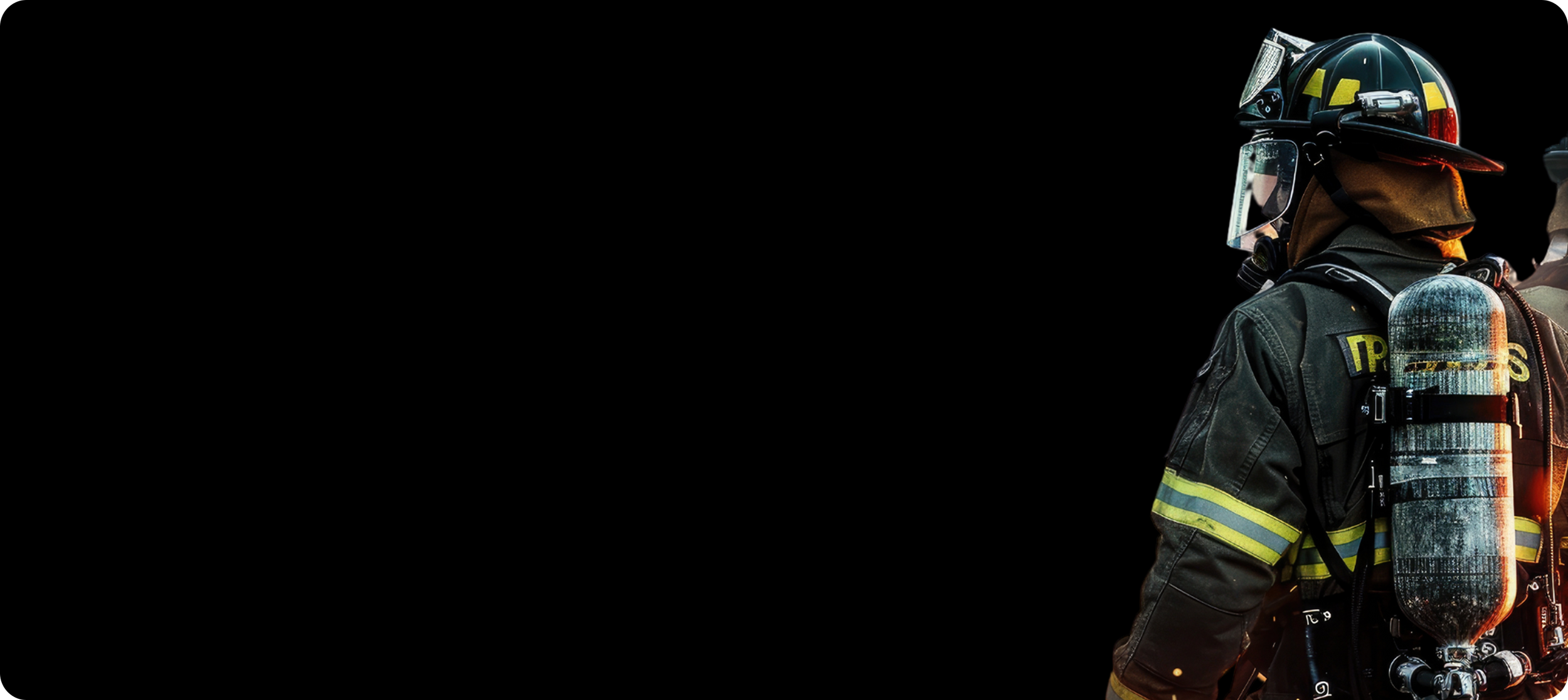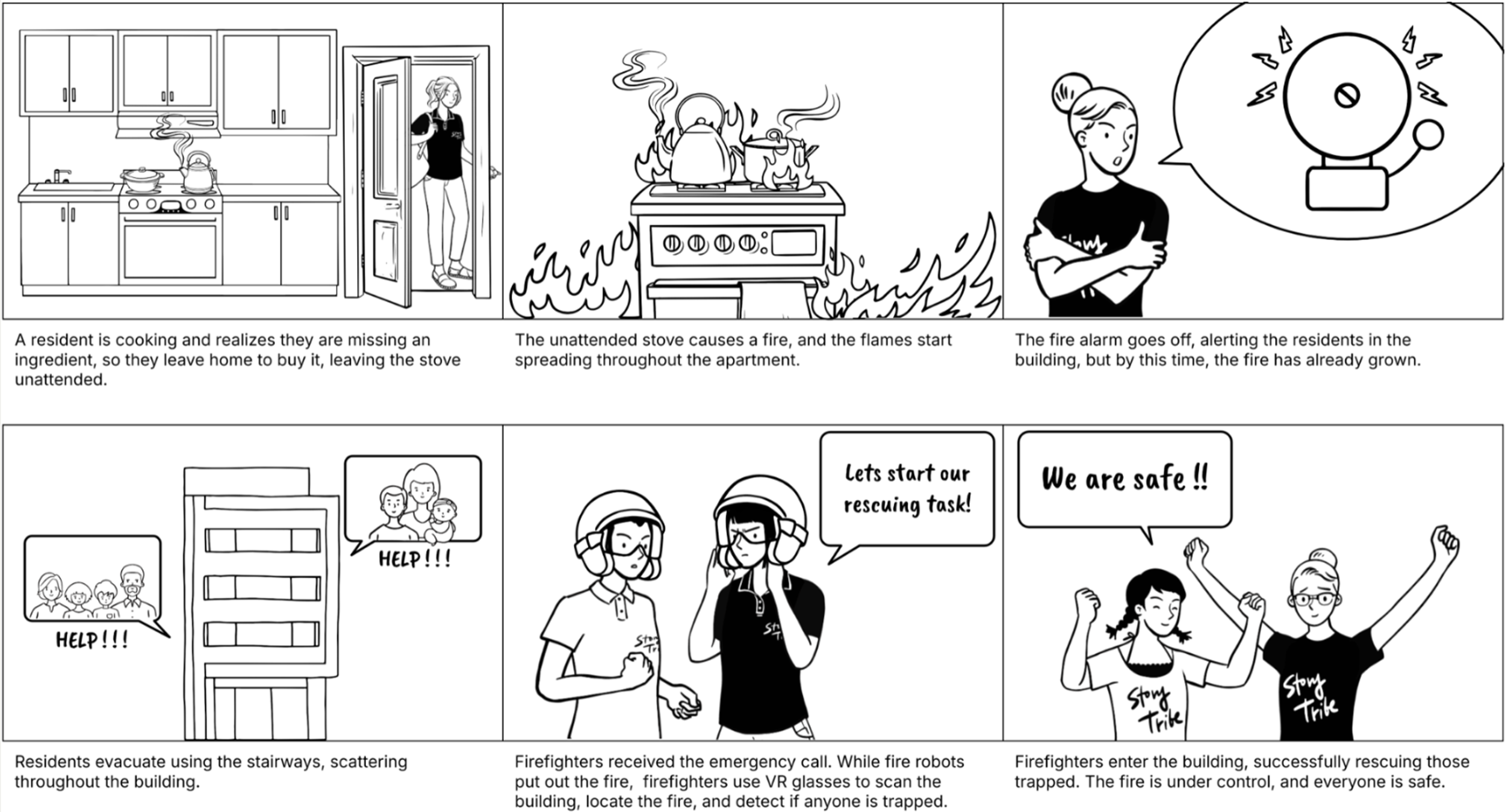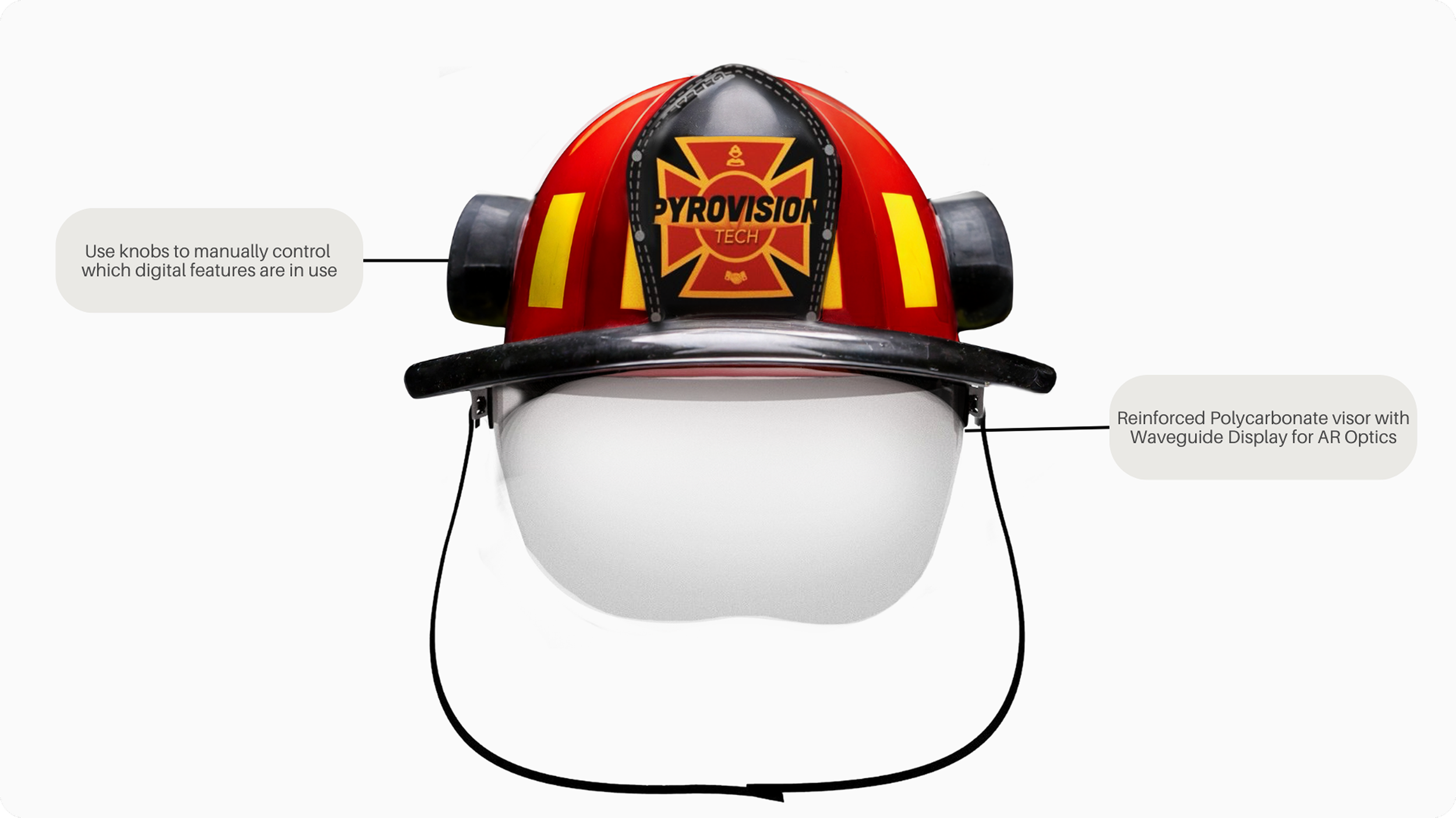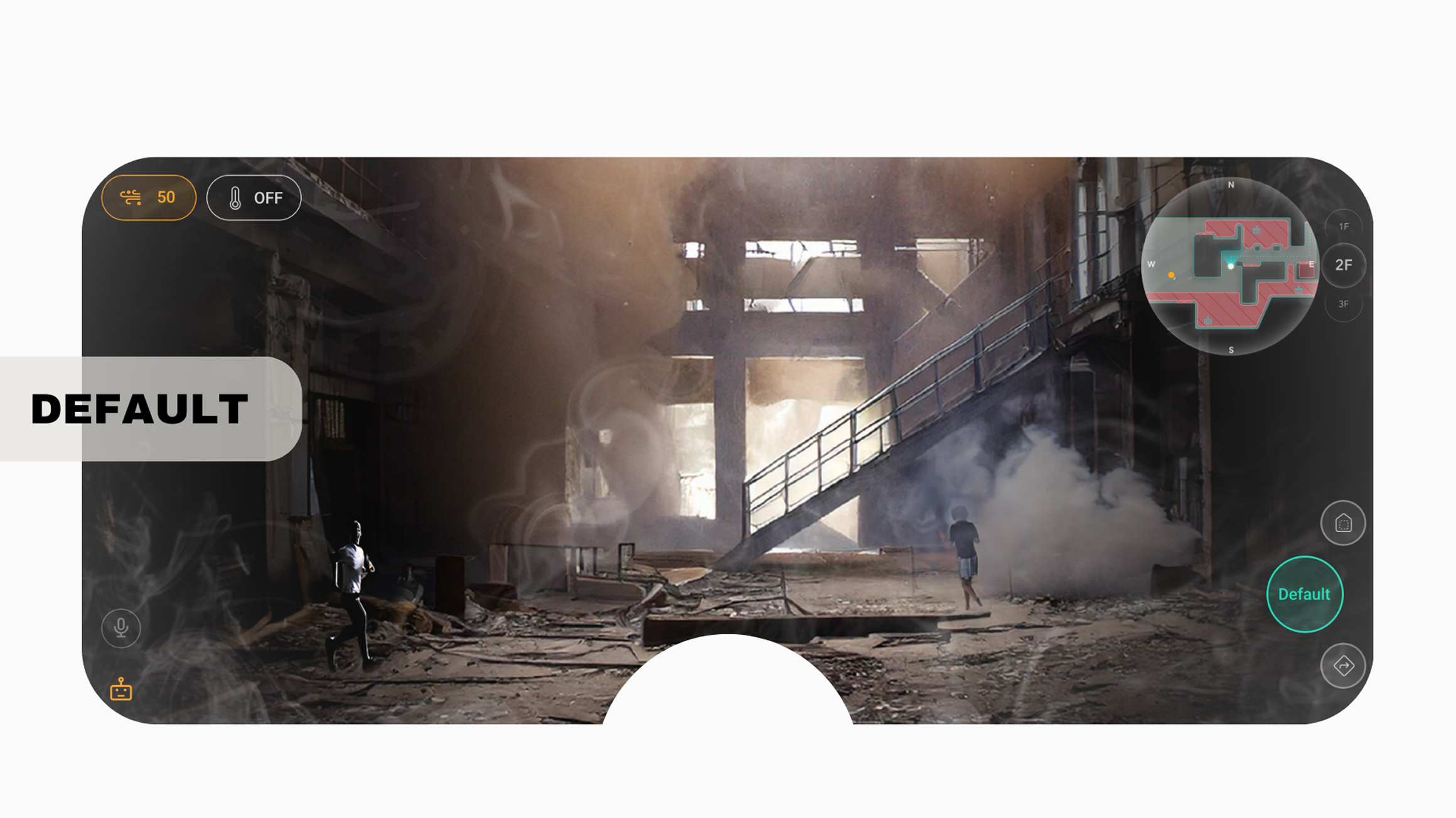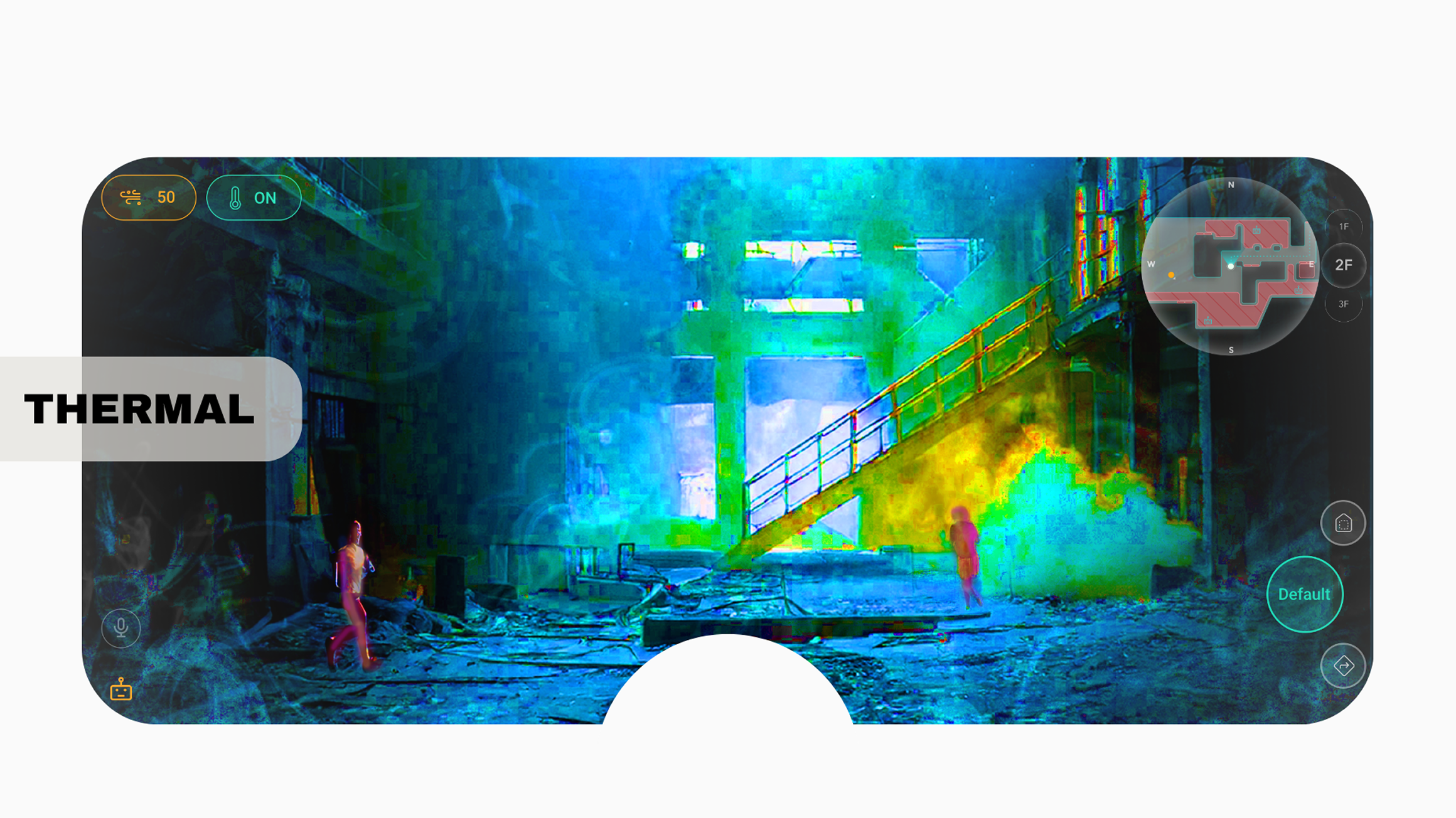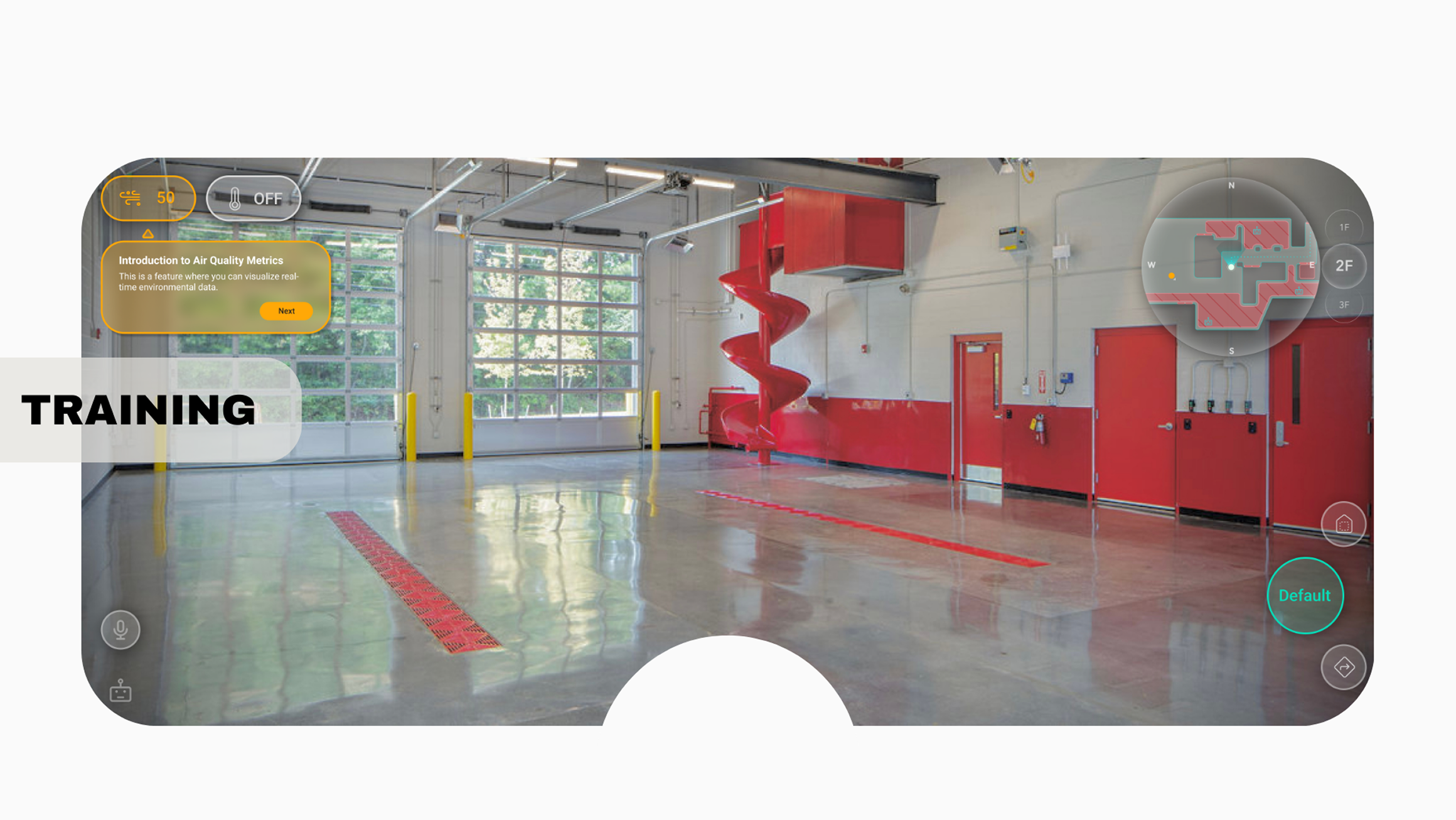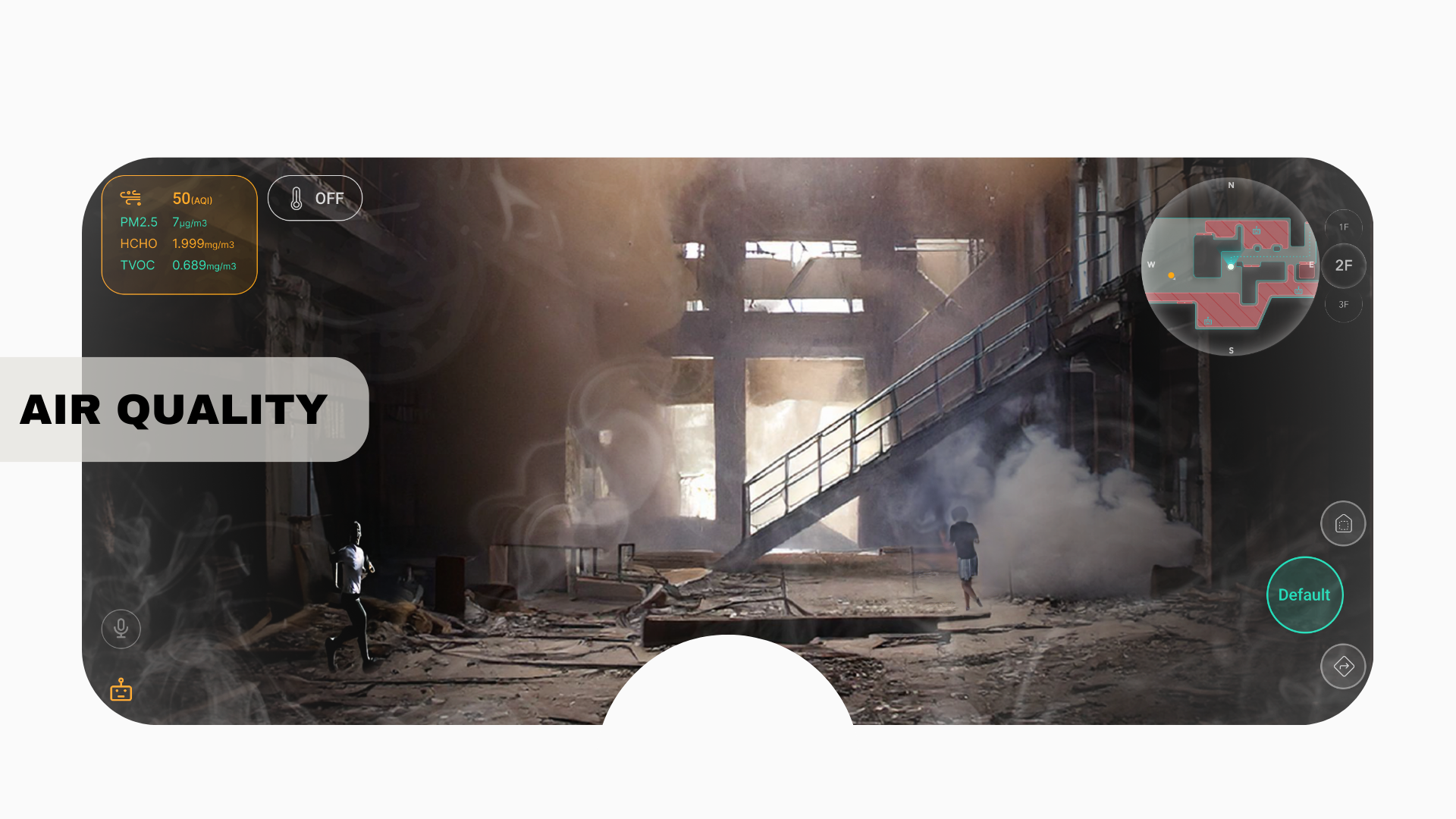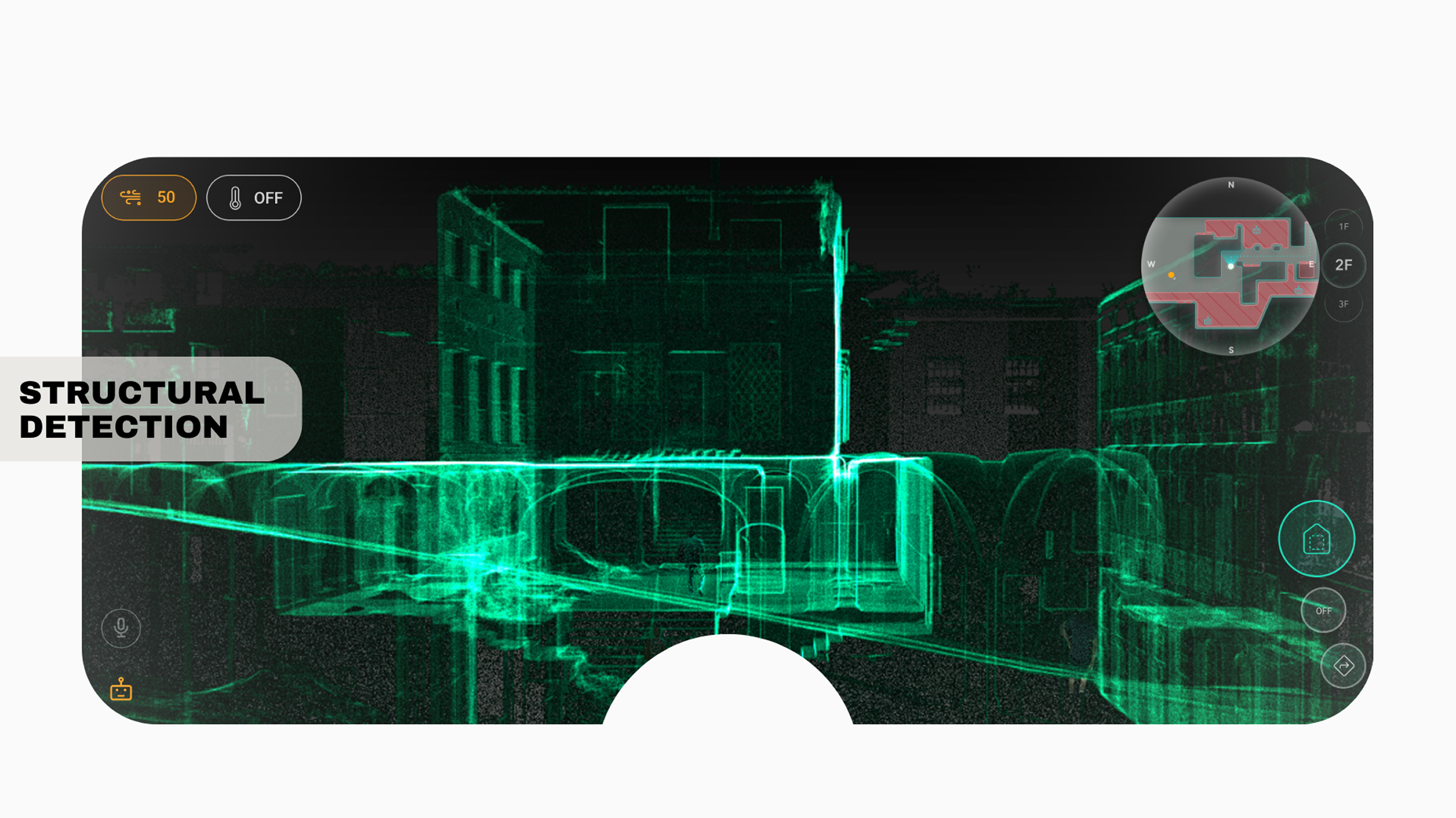PyroVision AR Helmet
A smart augmented reality device for firefighters
Product
PyroVision AR Helmet
Skills
User Experience Design
Product design
Storytelling
interactive prototyping
User research & testing
My Role
Product Manager
We envision a future where fire response robots are standard in emergency operations, reshaping firefighters’ roles during fire situations. With fire suppression handled by robots, the weight of rescue falls even more heavily on firefighters. The PyroVision AR Helmet equips first responders with the right tools to efficiently navigate hazardous environments, locate victims, and ensure safe evacuations.
Problem
Next-generation firefighting robots are gaining traction in the design field and were identified as an emerging future technology in 2025 by the Future Today Institute.
Recognizing a gap in this emerging technology, we saw an opportunity to reimagine and design how firefighters can respond more effectively once robots have contained the fire.
Timeline
January 2025 - March 2025
Collaborators
Mercury Huang, Trenton Jones, Yi-Ping Lin,
Jordan McMorris
Imagine a world, where disaster response robots efficiently distinguish fires, which maximizes safety for victims and respondents. How might we Assist firefighters in the event where the fires are moderated?
Solution
This innovative Augmented Reality (AR) firefighter helmet is designed to provide first responders with enhanced situational awareness in high-risk, chaotic environments. Inspired by AR glasses, this helmet integrates advanced real-time data visualization, thermal imaging, and navigation assistance, allowing firefighters to assess hazards, locate victims, and navigate through smoke-filled or obstructed areas with greater precision.
Research
Desk Research
Disaster response robot is an advanced robotic system designed to detect, approach, and extinguish fires in hazardous environments, reducing risks for human firefighters. Whereas, firefighters will remotely control these robots, enabling faster and safer interventions.
From many other disaster response robots, we chose to focus and target on fire response robots.
Primary Research
66% of firefighters said their biggest challenge is lack of resources or equipment.
“The challenge with large structure fires are the size, heat, and layout of the large building” -from a firefighter served for 30 years.
From 84 survey responses & 17 interviews.
Storyboard
The use case of the helmet will be used be first responders in fire emergencies.
Product
Key Features:
Thermal Imaging Overlay – Detects heat signatures of people and fire sources, improving visibility in low-visibility conditions.
Real-Time Hazard Warnings – Identifies structural weaknesses, dangerous gas levels, and fire progression.
Integrated Communication System – Displays live updates and mission-critical data from command centers.
Navigation and Indoor Mapping – Guides responders through complex structures, reducing search time.
Augmented HUD (Heads-Up Display) – Provides vital information like oxygen levels, temperature, and evacuation routes without obstructing vision.



